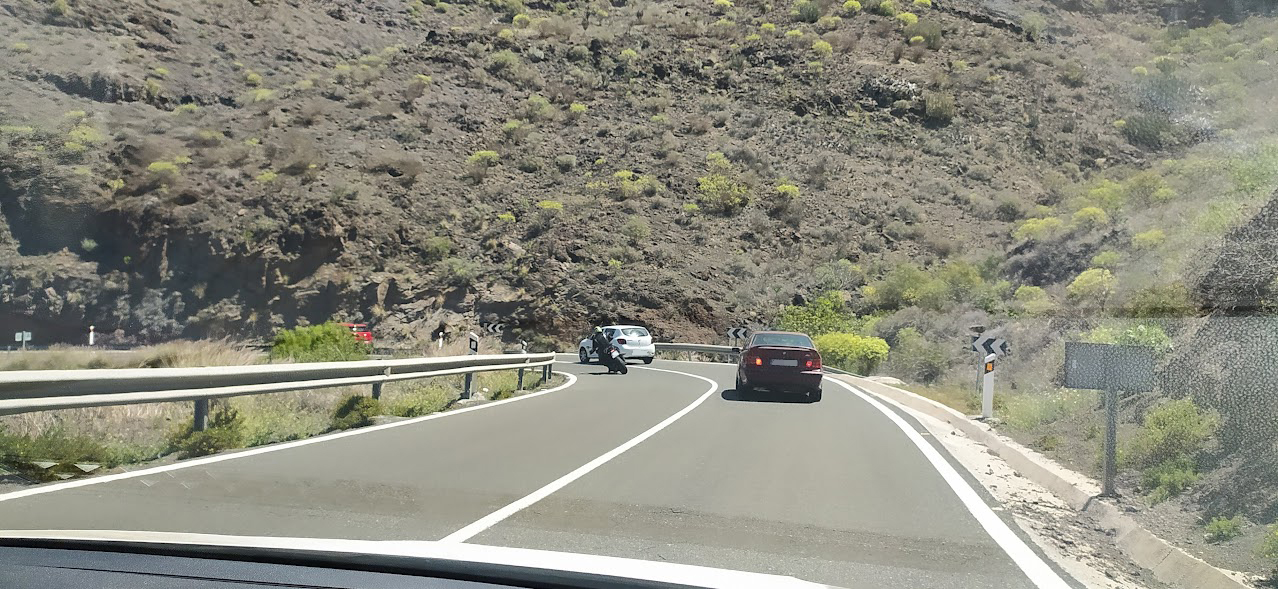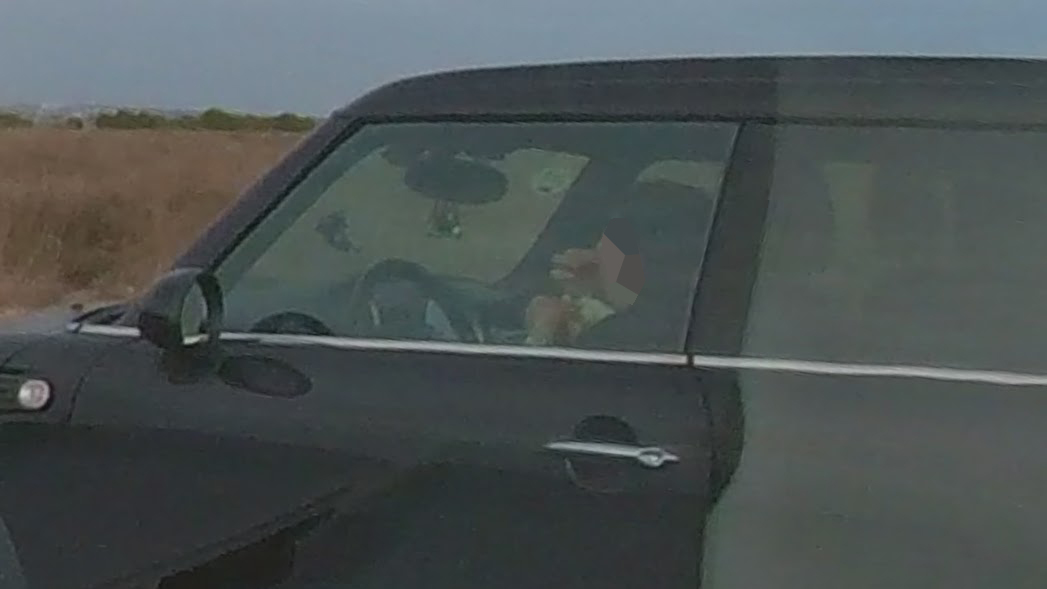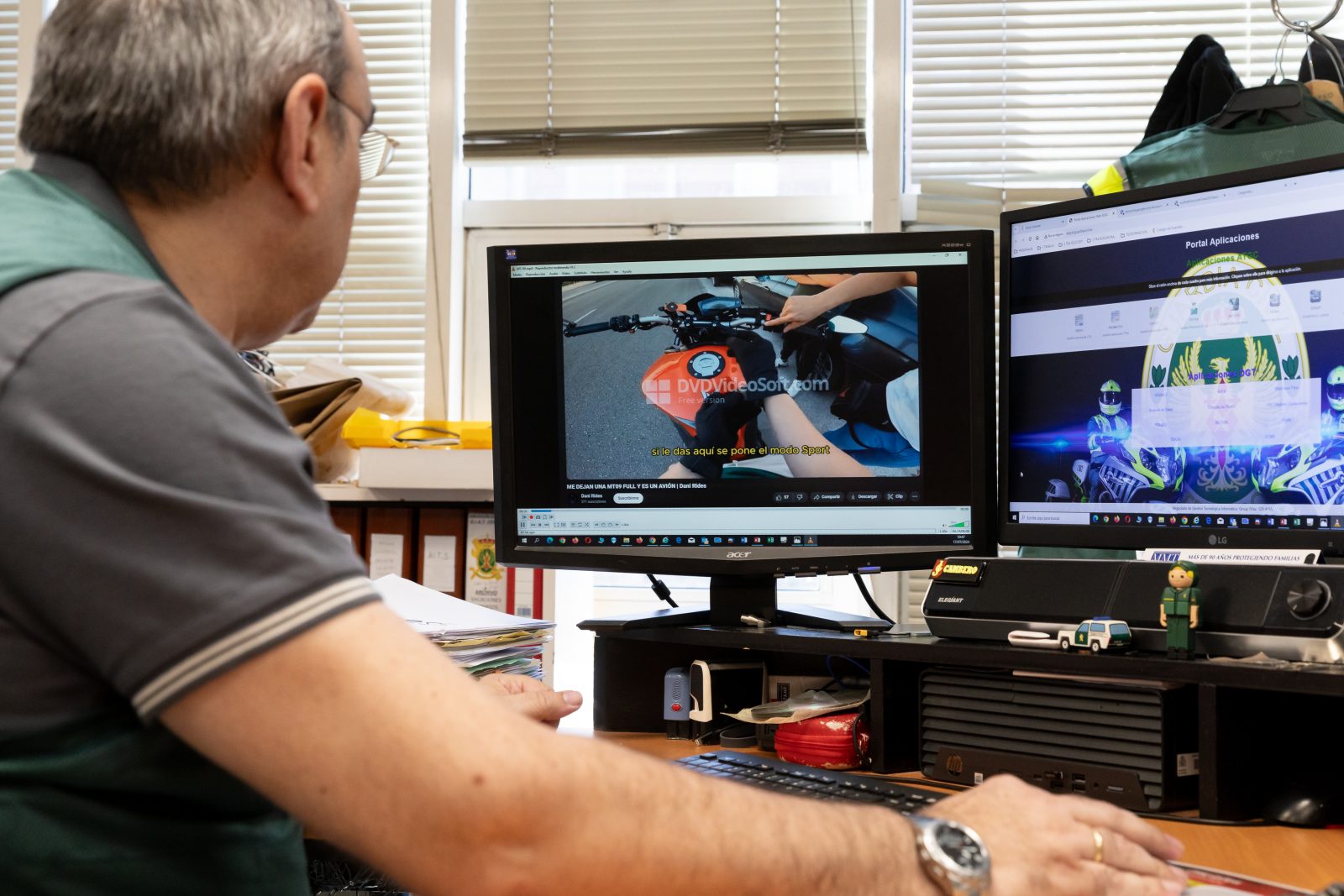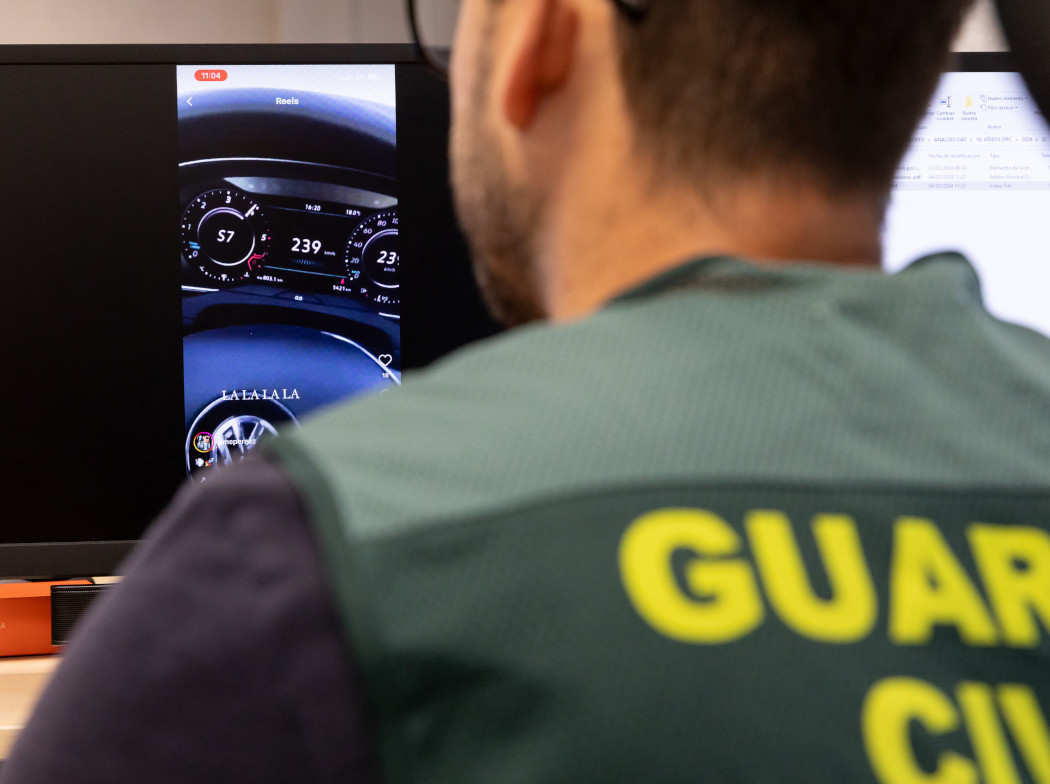There are a small number of people who choose to “show off” their driving “skills” by posting videos of themselves on social media performing exciting and dramatic acts, and when we say “exciting and dramatic” that is their view compared to the reality of dangerous and illegal, and there are some who post without realising that their actions might still come to the attention of the traffic police, as the Guardia Civil has a dedicated team of officers able to police the roads from their office, by using the technology to identify and bring the offenders to justice.
The Traffic Investigation and Analysis Group (GIAT) of the Traffic Division of the Guardia Civil is responsible for bringing these alleged offenders before the courts. The GIAT (which is Grupo de Investigación y Análisis del Tráfico in Spanish), is a specialised unit of the Guardia Civil that has, among other functions, the job of scanning social networks looking for possible crimes against road safety. They also analyse material sent by anonymous citizens, who are an inexhaustible source of information in a country where, according to IAB Spain (world association for communication, advertising and digital marketing), 86% of the population between 12 and 76 years old uses social networks.
“We see these types of cases very often, where young people take their father or mother’s car, often without them even knowing, and do crazy things behind the wheel. On top of that, they record themselves thinking that they won’t be recognised, or they simply don’t think about the consequences of posting such a video on social media,” explains Captain Garciamartín, head of the Central Traffic Investigation Group, based in Madrid. The reality is that, in a high percentage of cases, the offender is identified.




Contents
Technological aids
Monitoring the content uploaded to social media every day seems, at first glance, an overwhelming task for the more than 200 GIAT specialists spread throughout Spain, “around 15 in the Central GIAT, and between 3 and 5 per province. And we don’t cover everything, because the issue of social media is only one of our missions,” admits Captain Garciamartín. Generally, the GIATs of each sector or peripheral area are in charge of possible crimes committed in their own territories, although if the evidence involves several areas or has a certain degree of complexity, it is the Central GIAT that undertakes the investigation.
To sweep social networks, GIAT technicians have technological aids. One of them is the LINCE system, a multidisciplinary online platform of the Guardia Civil with multiple functions, such as locating and managing incidents on the roads, creating periodic alerts, automatically distributing information to other systems or users via email or messaging, etc.
“If we see that there is a possible crime, we immediately open proceedings. In that case, we are already talking about investigating a person who has the right to defend themselves with a lawyer from the moment they are notified of the alleged crime of reckless driving, or speeding, proven by a recording. We make a report with the information gathered, we send it to the judge who calls the person to testify,” explains Garciamartín.
In these cases, the video is the evidence and the starting point of the investigation.
Chain of custody
Unlike most police cases, in crimes exposed on social media, the evidence, that is, the video itself, is the beginning of the investigation. “It usually doesn’t take long from the time it is uploaded until the subject, or someone close, realises that the publication could have consequences.” To certify that the evidence has been downloaded directly from the internet and has not been manipulated at any point in the investigation process, each video has a chain of custody, a record of authenticity or log that accompanies the audiovisual evidence itself throughout the investigation until it reaches the judge.
With the evidence on their computers, the GIAT members begin the investigation. “We must take into account all possible parameters to move forward. First, we must make sure that it could be a crime, and then, if possible, we must identify the possible offender,” explains Gutiérrez, an expert in forensic digital analysis at GIAT Central. “It is also essential to determine the place and date, because if the crime was recorded outside of Spain or has been so long since the statute of limitations expired, we cannot move forward.”
Once it has been confirmed that the evidence can be prosecuted, the GIAT agents begin to identify the driver. “We have several ways to find the person involved. What we know in advance is that the video is uploaded to a network, through an account, with an email address… and from there we tie up loose ends about the date, location, environment, etc. We must bear in mind that normally these are people who record the events and upload them instantly to social networks,” says Gutiérrez.
Pixel by pixel
Sometimes the video footage does not allow us to clearly see what vehicle it is or who is driving it. “We analyse the images pixel by pixel if necessary. From the details that can be seen, we try to determine the model of the car or motorcycle, and the surroundings also offer us clues. For example, if we are able to determine the road or even the stretch of road on which the vehicle is travelling, we can request OCR or LPR images (DGT cameras on the roads capable of reading number plate characters) to determine the model and the registration number. Such is the case of a speeding incident that we investigated, in which the driver was going over 200 kilometres and we were not able to find out the location until, in one of the viewings, after many enlargements, we found the kilometre point and the road,” recalls Captain Garciamartín. Even so, the driver is not identified in all cases. “If we do not have evidence of who was driving, but we are certain of what vehicle it was, the file is still sent to the judge, who calls the owner to clarify the facts.”
According to the captain himself, the simplest cases are resolved in two or three weeks. However, if other tools are needed for identification, the resolution can take several months. “All cases have their complexity, but obtaining evidence of the possible crime in this type of case is priceless,” concludes Garciamartín.
Citizen collaboration
In 2023, GIAT investigators received 155 messages from citizens reporting allegedly criminal behaviour related to road safety, of which 119 were ultimately considered a crime. GIAT itself makes it clear that the information provided by any person, even from a personal email, is treated anonymously. In other words, since it is considered citizen collaboration, at no time does it imply the appearance of the informant’s name in any court file. All citizens who want to report criminal behaviour, whether or not it is related to road safety, can do so through the Citizen Collaboration form on the Guardia Civil website or from the email: colabora@guardiacivil.org
Discover more from N332.es - Driving In Spain
Subscribe to get the latest posts sent to your email.

You must be logged in to post a comment.